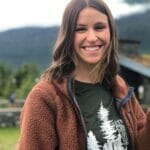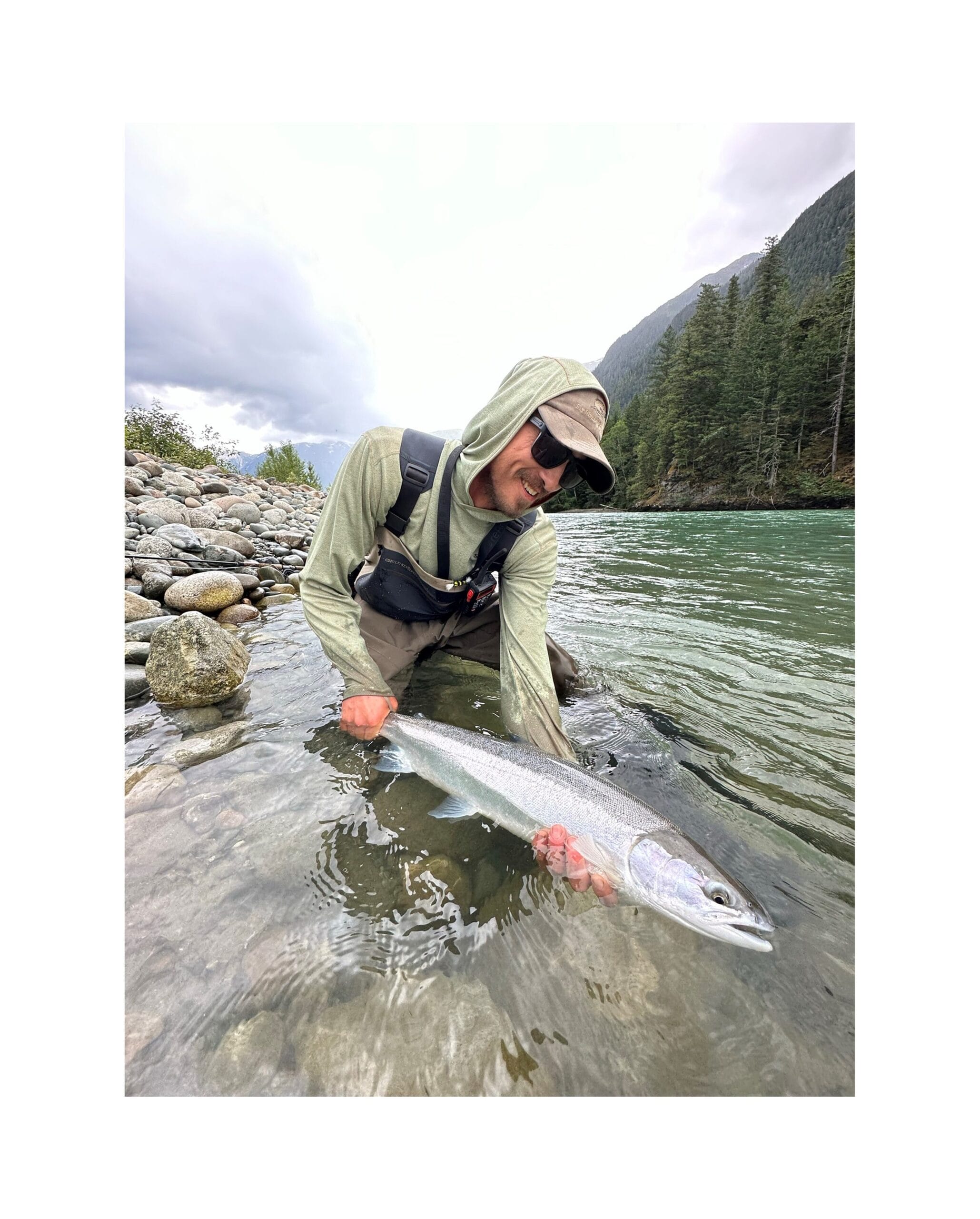Snake River ambassador, Josh Warnick’s, journey to falling in love with the art of steelheading
From first learning to fish in Mexico with makeshift reels made from plastic bottles and spare line to now guiding on some of the Olympic Peninsula and British Columbia’s most famed steelhead waters, Josh Warnick has spent his life fishing up and down North America’s west coast. Josh, a resident of Port Angeles, Washington, is a Trout Unlimited Snake River Ambassador and avid advocate for wild steelhead in the Northwest.
TU sat down with Josh before he headed off to guide for the season to learn more about his journey to becoming a guide and advocating for these incredible fish.
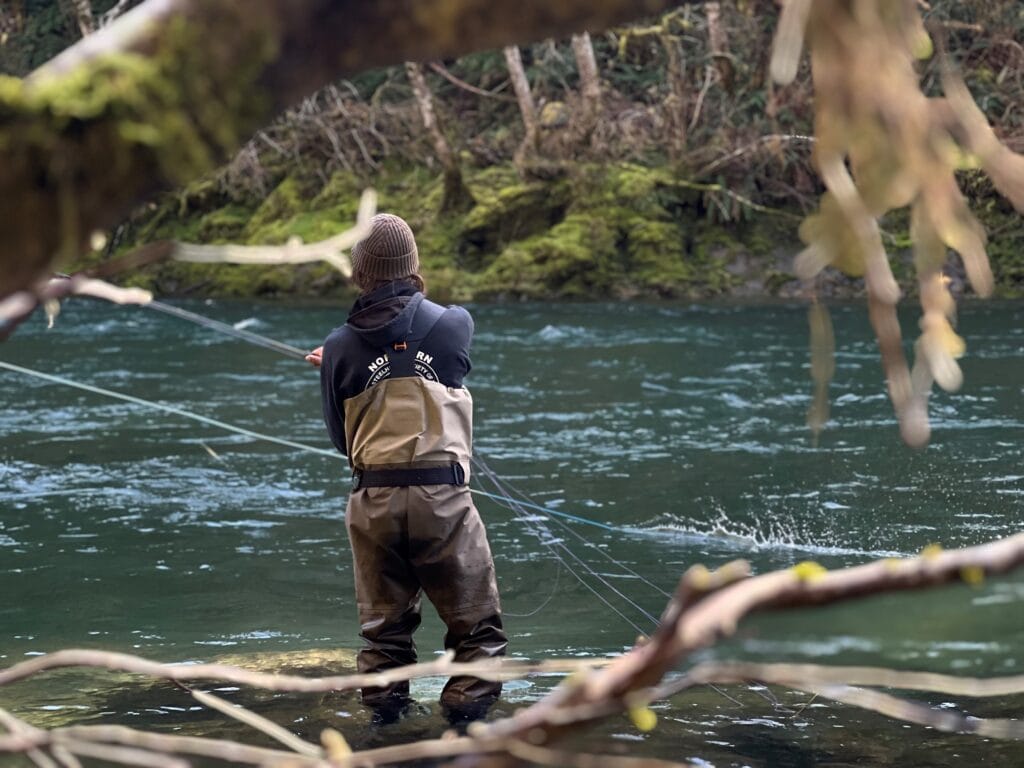
TU: How did you become connected to fishing and eventually steelheading?
JW: My first introduction to fishing was deep sea fishing in Mexico. We had a good family friend who went down to the Puerto Vallarta area and started a fishing charter company. We’d go about 20 miles offshore and mainly fish for yellowfin tuna with live bait underneath kites and other crazy techniques. When my brother and I were fishing on our own there, we’d wrap fishing line around a water bottle and fling the lure out there and reel the line back in around the bottle. Then I guess it was around 2012 when I went to the eastern Sierras with my brother, and he got me into fly fishing. We were in a pretty awesome area for it in the Sierras with lots of great trout fishing surrounding us.
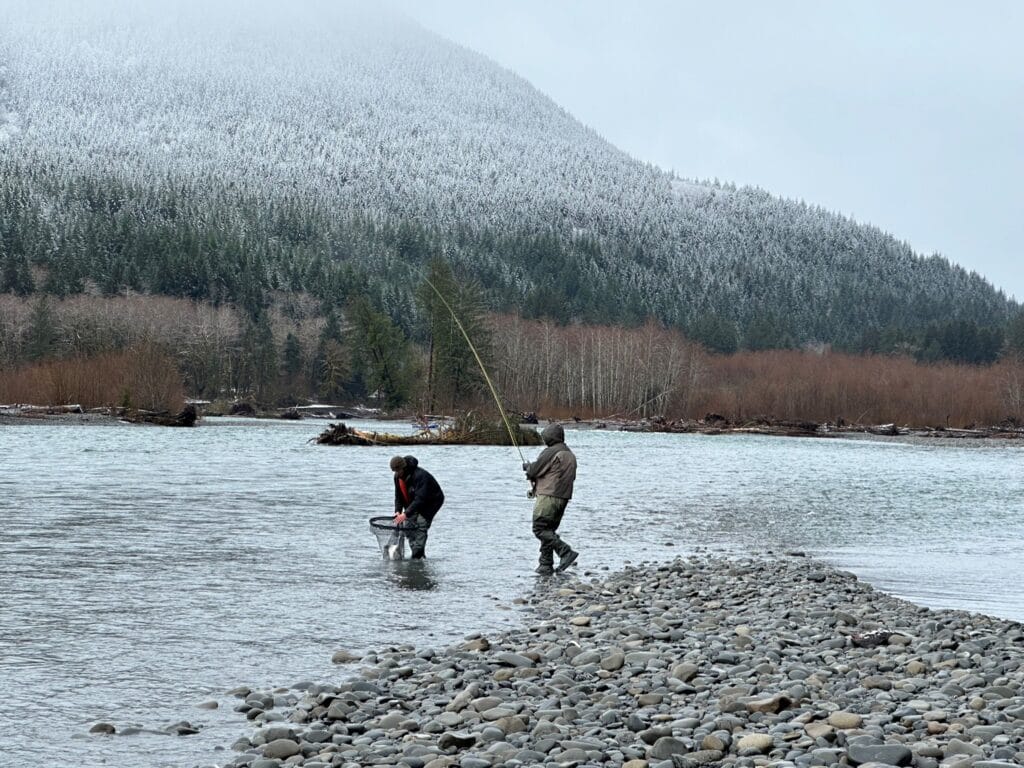
After moving to Washington, I found many opportunities to fish, but that primarily entailed a continuation of the trout fishing I learned in the eastern Sierras. That eventually segued into steelhead and salmon fishing to allow me to keep fishing through the fall and winter. I also realized there were plentiful fisheries to explore. From there, I did anything to spend time on the water, learn as much as possible; always watching videos and reading books. I didn’t quite realize what I was getting into, but after I hooked my first steelhead, I thought “steelhead are the coolest thing ever”, and the real obsession began.
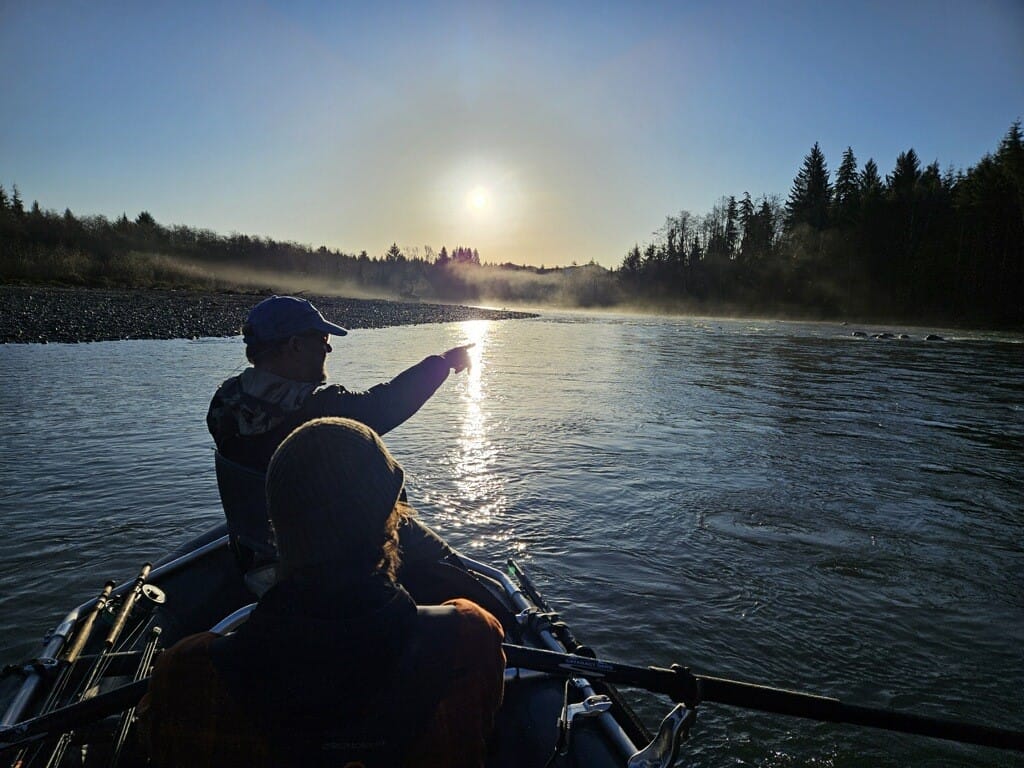
TU: What’s your favorite part of guiding?
JW: No doubt; getting to spend time in places I love––on the rivers. It’s a very magical and peaceful place where everything else in the world tends to disappear and melt away. Another part is that these fish are so special and important to me, and I get to share that experience with others, which is awesome. When you’re with somebody and they catch their first steelhead, it’s a very big deal, especially if it’s on a swung fly. It’s a very high energy experience.
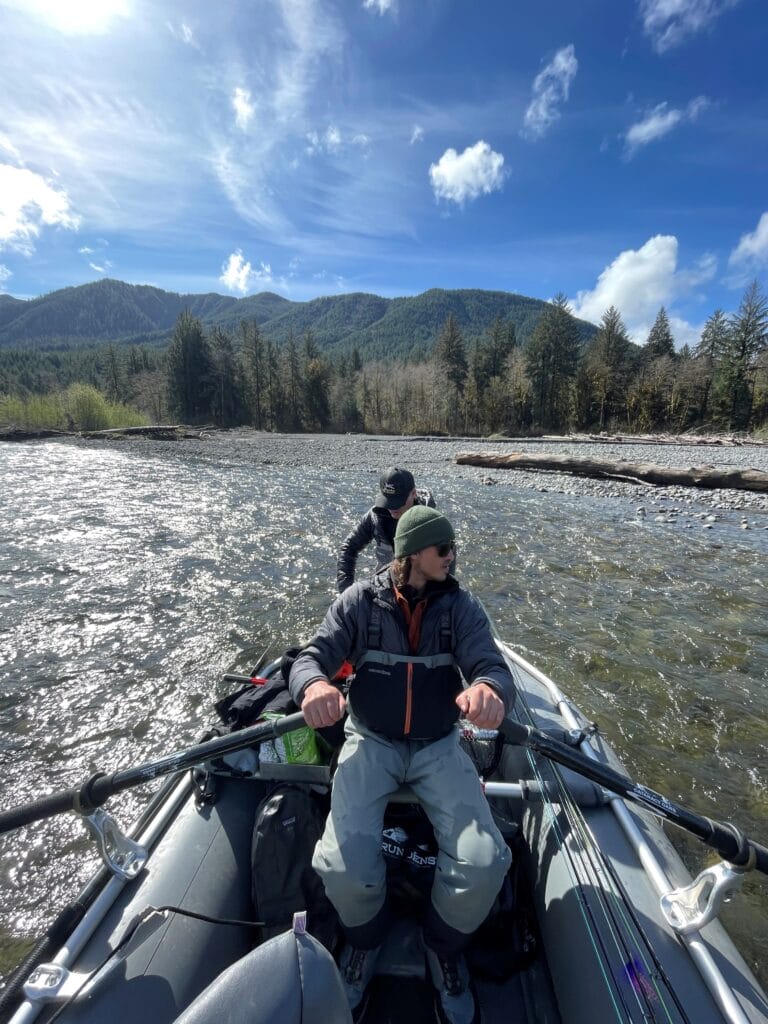
TU: How does your perspective as a guide impact your conservation ethic?
JW: Given fish declines, getting into guiding was a bit of a moral dilemma. But ultimately, I think having guides on the water can set the standard for positive behavior. As a guide, you’re able to educate others about conservation issues, fish declines and fish handling. Culture drives policy. If guides are conservation-minded, it really starts to change the culture. And it is changing. People don’t want to go catch 20 steelhead anymore. Now, for the most part, it’s one or two fish and you’re done for the day. Guides get to be the eyes and ears on the river while also leading by example.
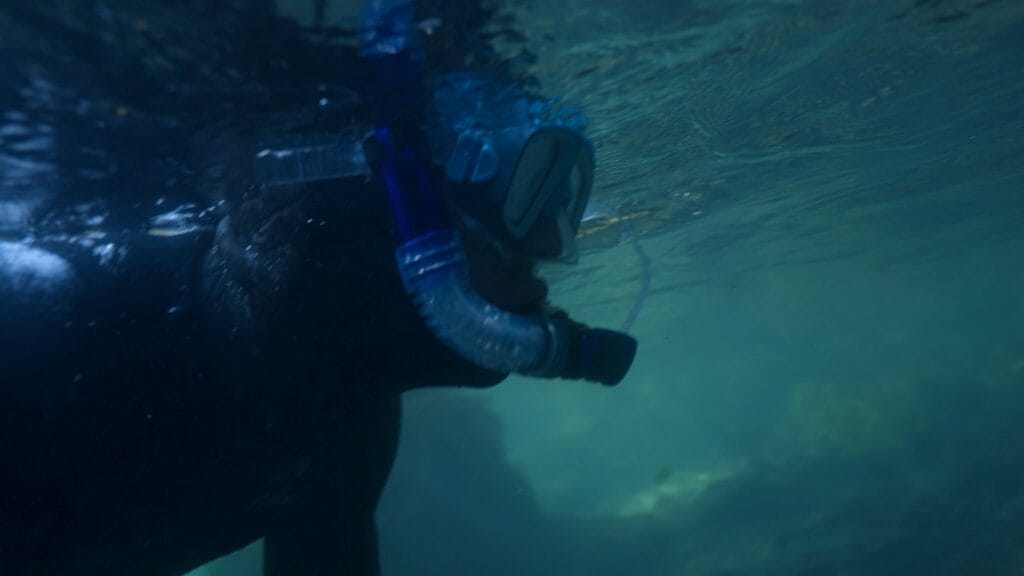
TU: As a member of a younger generation of anglers, can you share your perspective on dam removal, fish recovery and the growing impacts of climate change on fish and rivers?
JW: In my first year steelheading, I was on the John Day and I met an older guy who had been doing it for a long time. He asked me, “Why even bother starting? There’s not going to be any fish by the time you learn”. It was such a horrible outlook, but I feel we’re in such an encouraging time right now with how much momentum recovery is gaining. I’m very closely connected to the Elwha and seeing the fish recover there is extremely encouraging. Now with the Klamath dams out and the potential removal of the Snake River dams, it’s inspiring seeing how many people are becoming vocal about dam removal. It’s still a very big feat to accomplish, but it’s manageable and we can do it. These fish are very important to me, and I do not want to see them go in my lifetime nor in future generations’. That’s not an acceptable outcome.
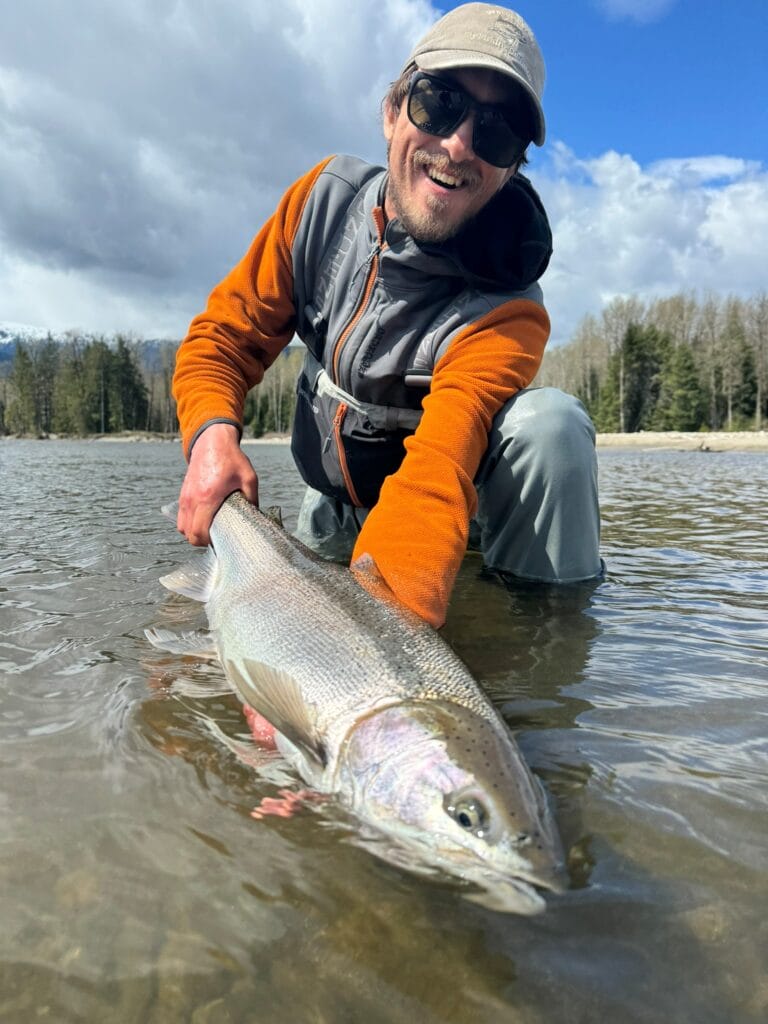
TU: Why should anglers living outside the Snake basin care about Snake River dam removal?
JW: To some extent, recovery of Snake populations will help many people in the Northwest because it will help spread out anglers. This is happening in Washington with many of our rivers closed over the last two years, so we are now seeing more people than ever on the Olympic Peninsula. And because the Snake basin is experiencing poor returns, anglers are going other places like the Deschutes and other Columbia tributaries, which impacts our communities and economies. Dam removal is not only beneficial for the Snake fish, but for a broad range of ecosystems and for a broad range of reasons.
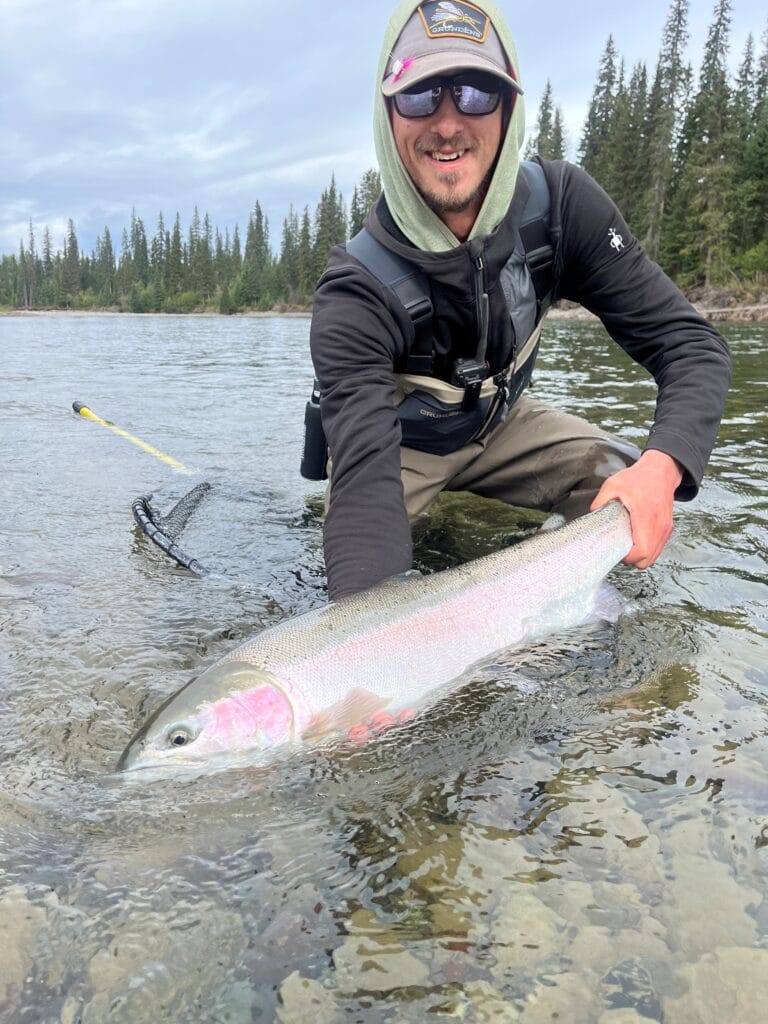
TU: What are your hopes for the future of wild salmon and steelhead in the Snake basin?
JW: My hope is that run sizes continue to grow. There are multiple factors that go into that including policy and regulation changes, but it will also be up to the choices made by individual anglers. It’ll be a long road. I don’t know if these places will ever get back to what true historical abundance was. The world is such a different place now, but I’m still very optimistic that we’re going to be able to help these fish recover. I’m hopeful that I will be able to catch steelhead for the rest of my life, and if I ever have kids, I’m hopeful they will too. The idea of these fish disappearing off this planet is not an acceptable one. The Snake River basin has protected, unfragmented, high elevation, coldwater habitat and these fish are so resilient. They can come back if we give them a chance.
Take action to remove the lower four Snake Dams at tu.org/lowersnake/
Interested in fishing with Josh on the Olympic Peninsula or in British Columbia? Contact him at jwguiding@gmail.com or through Waters West Fly Fishing Outfitters.


